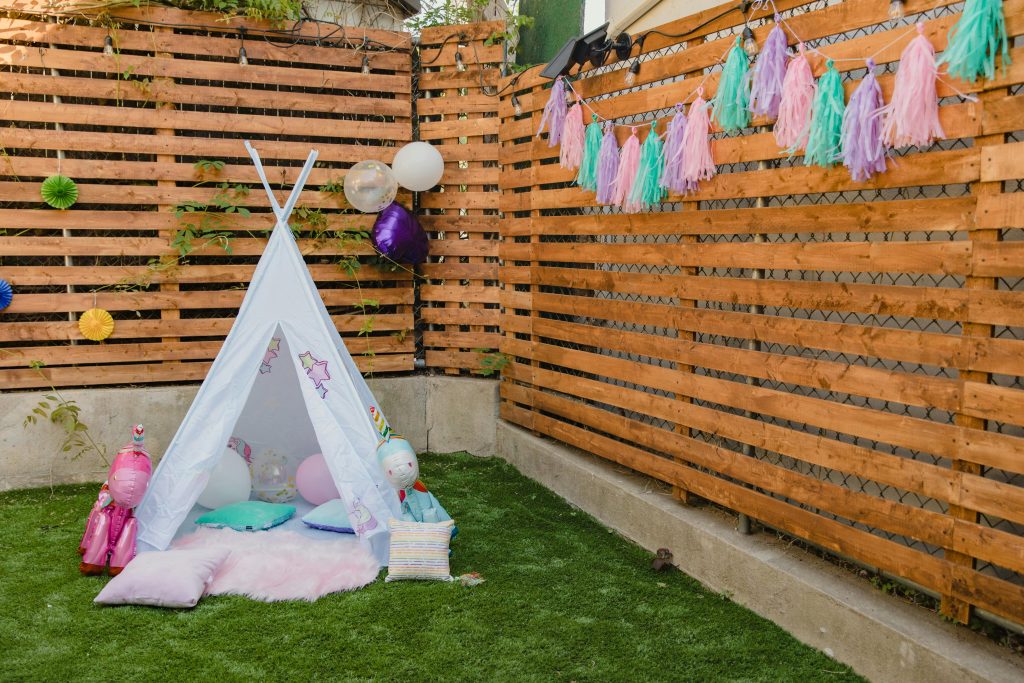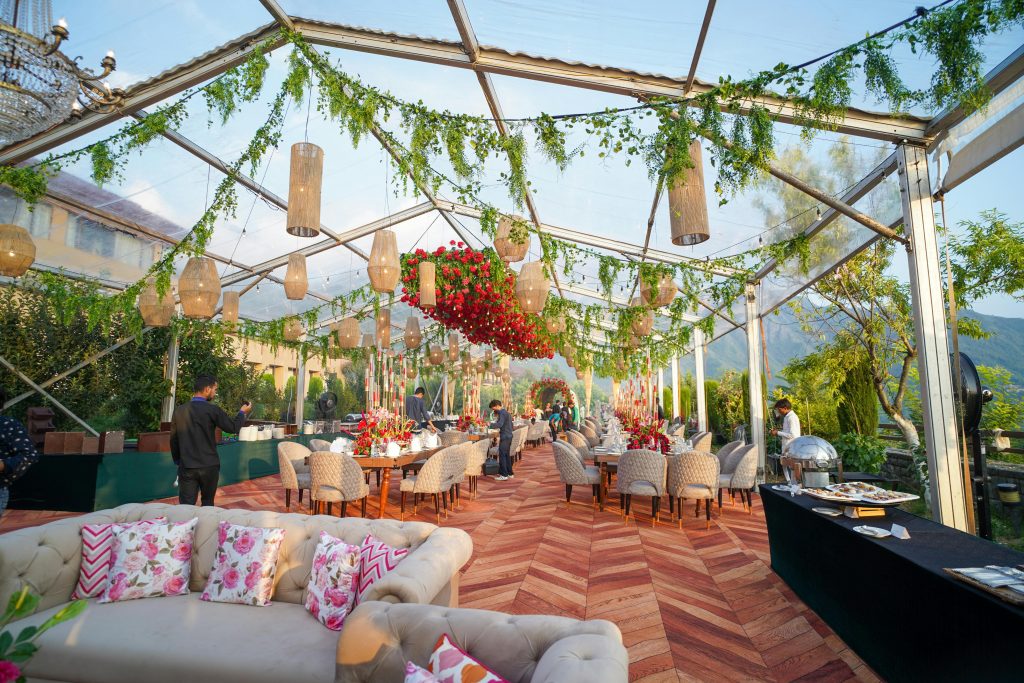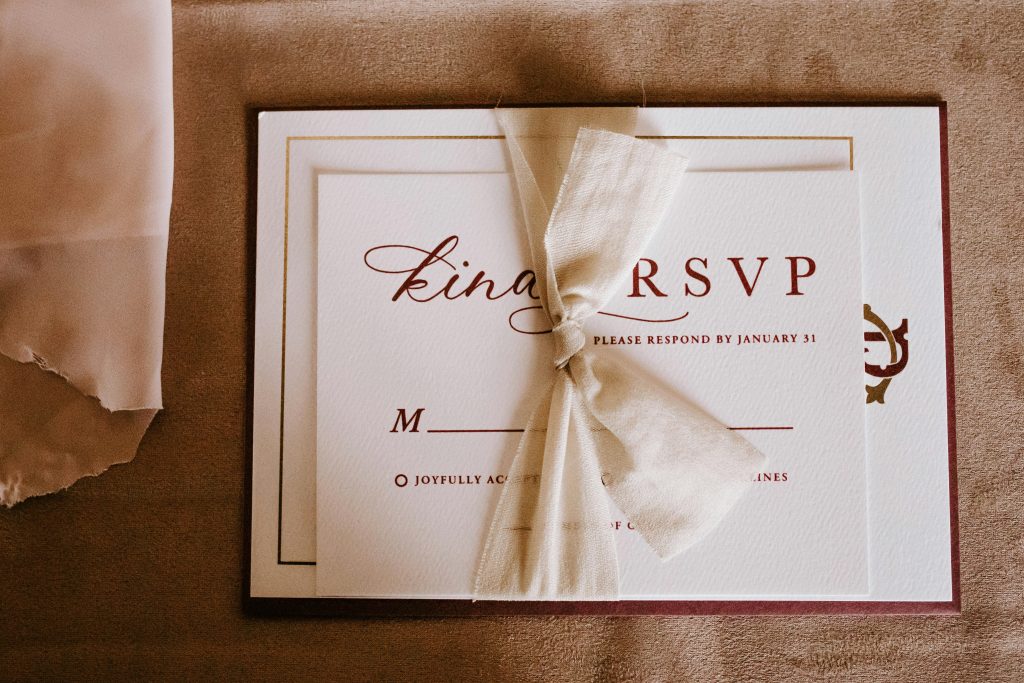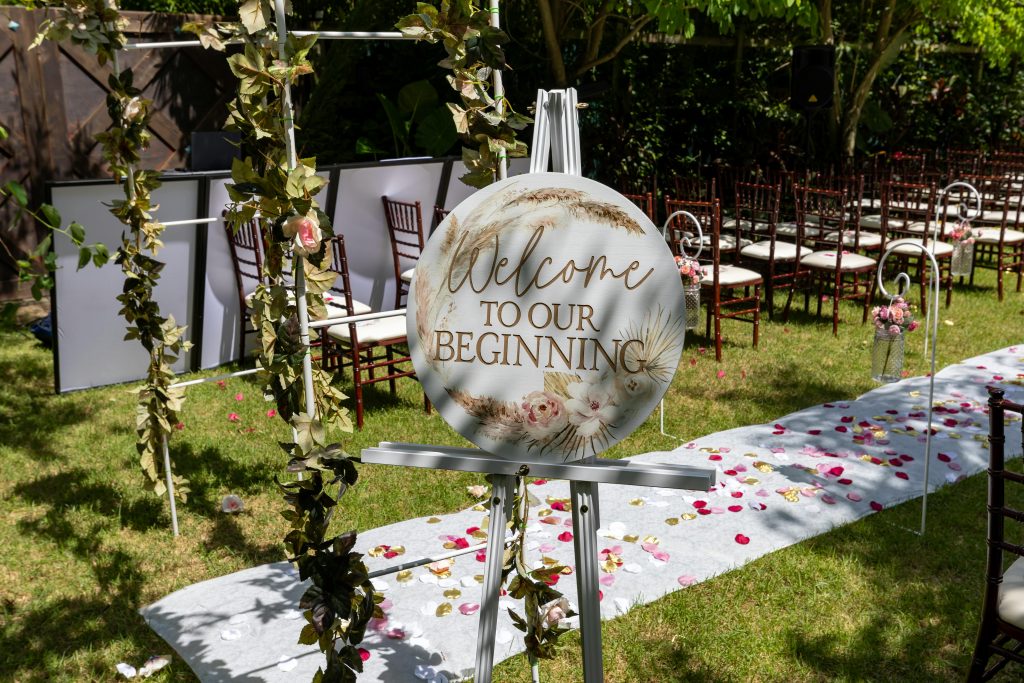Party Planning: 10 Steps to Throwing a Perfect Party

Party planning can be challenging, whether you’re a seasoned pro or organizing your first party. The stress is real, but it’s definitely a rewarding and fulfilling experience. We’ve put together this step-by-step guide to make the process smoother and more enjoyable.
With our tips, you’ll be ready to confidently handle any event and create a celebration that you and your guests will remember for years to come.
1. Define Your Budget
Setting a budget is the foundation of successful party planning and ensures that you cover all essentials without overspending, especially if you have a tight budget. Start by determining the amount you’re willing to spend to avoid any financial surprises later on. For example, if you have a budget of $2,000, break it down into categories like venue, food, decor, entertainment, and miscellaneous expenses.
Allocate a specific amount to each category based on your priorities. If the venue is a high priority, you might allocate $800, leaving $600 for food, $300 for decor, $200 for entertainment, and $100 as a contingency fund. This contingency fund provides some flexibility in your budget for unexpected costs. This could be last-minute additions like extra guests or unforeseen expenses like additional rentals.
Tip: Use a budget planner or spreadsheet to help you get organized in tracking your expenses and stay on target.

2. Select a Party Theme
This is the most exciting part of party planning and will set the tone for the entire event. The theme guides your decorations, invitations, and entertainment decisions, ensuring everything feels cohesive. The theme should reflect the occasion or be centered around the guest of honor’s interests or personality.
For example, if you’re planning a child’s birthday party, consider what they love—superheroes, princesses, dinosaurs, or their favorite show. A princess theme might inspire you to use colors like pink, light blue, and yellow in your decor, create princess-themed invitations and loot bags, and serve themed snacks like crown-shaped sandwiches or pink-frosted cupcakes. And organize party activities like a Princess Walk or a Royal Treasure Hunt.
For an adult party, themes can be more sophisticated or nostalgic. A 30th birthday could be celebrated with a “Roaring Twenties” theme, an office party with a Beach Party theme, or a simple gathering with a sophisticated High Tea Party theme.
Tip: Consider also the season when choosing a theme. This can help you decide on your menu and other party essentials.

3. Choose a Date and Venue
Start by selecting a date that accommodates both you and your key guests, be mindful of holidays that might clash with your plans, and consider weekends or no-work holidays for better attendance.
Decide whether you want to host the party at home, rent a venue, or opt for an outdoor location like a park or garden. Hosting at home can be cost-effective, but may require more effort in terms of preparation and cleanup. Renting a venue can provide a more professional setting and additional services, but it comes with a higher cost.
If you’re considering an outdoor gathering, such as a garden party, think about the weather. In Australia, spring and summer are popular times for outdoor events, but weather can be unpredictable. Ensure you have a backup plan, such as a tent or an indoor option, in case of rain or extreme heat.
Tip: Whatever venue you decide on, consider if the amenities you need are available. Does it have enough parking space and access to restrooms, or is it enough to cater to the number of guests you’re expecting?

4. Creating a Guest List
Creating a guest list not only helps you to make sure you invite the right people but it also helps you to stay within your budget, organize seating arrangements, and ensure that your event feels just right—neither too crowded nor too sparse.
Before diving into your guest list, determine the type of gathering you’re hosting. Is it an intimate get-together or a large-scale celebration? Once you know the scope, prioritize the people who are essential to the event. These VIPs should top your guest list. And remember to factor in the venue’s capacity to ensure everyone feels comfortable and has plenty of space.
Make sure you also gather all the necessary contact information – whether you’re sending physical invitations or digital ones. This will not only help with sending out invites but also with follow-ups or last-minute changes. Once your list is complete, double-check it to ensure you haven’t missed anyone important and that the number of guests aligns with your event’s overall plan.
Tip: Maximize guest comfort by seating people with shared interests or connections. Use your guest list to identify natural groupings and create a welcoming environment.

5. Send Invitations
Once you finalize your guest list, send out invitations 3-4 weeks in advance. For formal events consider sending traditional paper invitations that match your event’s theme. If budget is an issue, digital invites are the way to go. This is also a great eco-friendly alternative.
No matter which format you choose, be sure to include all the key details: the date, time, and location of the event, as well as any specific instructions, like dress codes or special themes. Don’t forget to provide clear RSVP instructions, whether you’re asking guests to respond via email, phone, or through an online RSVP system. This will help you track attendance and make final preparations accordingly.
Tip: For a more personal touch, consider adding a brief message or note in your invitation to get guests excited about the event. Whether it’s a playful hint about the theme or a heartfelt note, it can make your invite feel extra special and set the right mood for your gathering.

6. Plan the Menu
When planning the menu, consider the event’s timing, theme, and guest preferences. For a morning or brunch gathering, a buffet of quiches, pastries, fruit platters, and coffee stations creates a relaxed atmosphere. For an evening event, a sit-down dinner with multiple courses, such as appetizers, a main course, and dessert, adds sophistication.
Your budget plays a significant role in menu planning. Hiring a caterer is a great option if you have the funds. It relieves you with the stress of preparing the food and high-quality food and efficient serving is ensured. However, if you’re working with a tighter budget, preparing the food yourself, or opting for a potluck, where guests contribute dishes can be equally enjoyable and personal. There are plenty of options to feed your guests without frying your budget.
Lastly, pair your menu with the right beverages. For a brunch, offer mimosas or fresh juices, while a dinner party might call for wine or signature cocktails. Keep non-alcoholic options available for all guests.
Tip: In your RSVP, consider asking your guests for any dietary restrictions so you can include vegetarian, gluten-free, or allergy-friendly options on your menu.

7. Arrange Entertainment
The type of entertainment you choose for your event helps ensure your guests have a great time during the party. For a lively atmosphere, consider hiring a DJ or a live band to keep the dance floor busy. If you’re hosting a more relaxed gathering, a photo booth is a great way to give guests something to do between activities. If your crowd is more interactive, a karaoke can be a hit, or a trivia or game night can also be entertaining, especially for smaller groups.
For children’s parties, consider hiring a magician, face painter, or balloon artist to keep the little ones engaged. Outdoor games like sack races, scavenger hunts, or inflatable bouncy castles can add a lot of fun and excitement.
Budget-wise, curating a well-thought-out playlist can be a great alternative to hiring a DJ or a live band. Creating your own props for the games is also more cost-effective than buying ready-made props.
Tip: Whether you hire the town’s best band or curate your own playlist, hire a photobooth or do a trivia night, don’t forget to tailor the entertainment to your guest list. Consider their age, interests, and the event’s tone. The right entertainment will make your event memorable for everyone involved.

8. Decorate the Venue
Decorating your venue is where you bring your party’s theme to life. Start by envisioning how your theme can transform the space. For a lively-themed party, think of vibrant colors and lively decorations. Like yellow or green tablecloths, inflatable palm trees, and string lights for a tropical-themed party.
For formal events, aim for sophistication with a refined aesthetic. Neutral tones, elegant floral centerpieces, and soft, ambient lighting create a warm and inviting atmosphere. Consider adding subtle touches of luxury, such as crystal or silver accents, to enhance the overall ambiance.
Don’t overlook the smaller details that tie everything together. Place cards can add a personal touch to your dining setup, while signage can guide guests and reinforce the theme. A welcome board at the entrance can make a great first impression
Tip: Ensure that your decorations are practical. Leave enough space for guests to move around comfortably, and ensure table arrangements are functional yet stylish.

9. Plan the Timeline
Creating a detailed timeline helps to run your event smoothly. Start by breaking down your event into segments such as arrival, welcome speech, dinner, entertainment, and departure.
For example, your party starts at 6 PM, allocate 30-60 minutes for the arrival of guests. This gives them time to mingle and socialize. Then at 7 PM, do your welcome speech, and always set a timeslot for speeches so the speakers don’t go too long with their speech. Then your main event will follow.
After the formalities, transition to entertainment, such as dancing, games, or live performances. Depending on the mood of the event, you might want to set a time for winding down, perhaps around 10 PM, allowing guests to leave gradually.
Tip: Share your timeline with your vendors, the caterer, the DJ, or other service providers so they know when to serve food, cue music, or start activities. Also, keep in mind to be flexible and prepare for the unexpected.

10. Prepare for the Unexpected
No matter how well you plan, unexpected challenges can arise during any event. It’s essential to have contingency plans in place to handle these surprises smoothly.
Have a backup plan for things like bad weather if your event is outdoors. Like a backup location or a rented tent, ensuring that the party can continue without a hitch even if it rains.
When it comes to food, always plan for a few extra guests. Having additional servings or snacks on hand can save you from the embarrassment of running out of food. For safety, make sure you have a basic first-aid kit on-site. Accidents can happen, whether it’s a scraped knee at a children’s party or a minor cut during food preparation.
Tip: Stay flexible and keep your sense of humor intact. Even with the best-laid plans, things may not go perfectly, but a positive attitude can help you navigate any situation. Preparing for the unexpected ensures that you can focus on enjoying the event and making sure your guests have a great time, no matter what comes your way.
Planning a party can be overwhelming at first. But by following these 10 steps, you’re well on your way to hosting a memorable and enjoyable event. Remember, the key is to stay organized, be flexible, and most importantly, have fun with the process. If you’re working with a small budget, read our blog post on Affordable Event Planning, and learn about practical tips on creating unforgettable moments on a budget. With careful planning and a touch of creativity, your party will surely be a success, leaving your guests talking about it long after the celebration ends.
